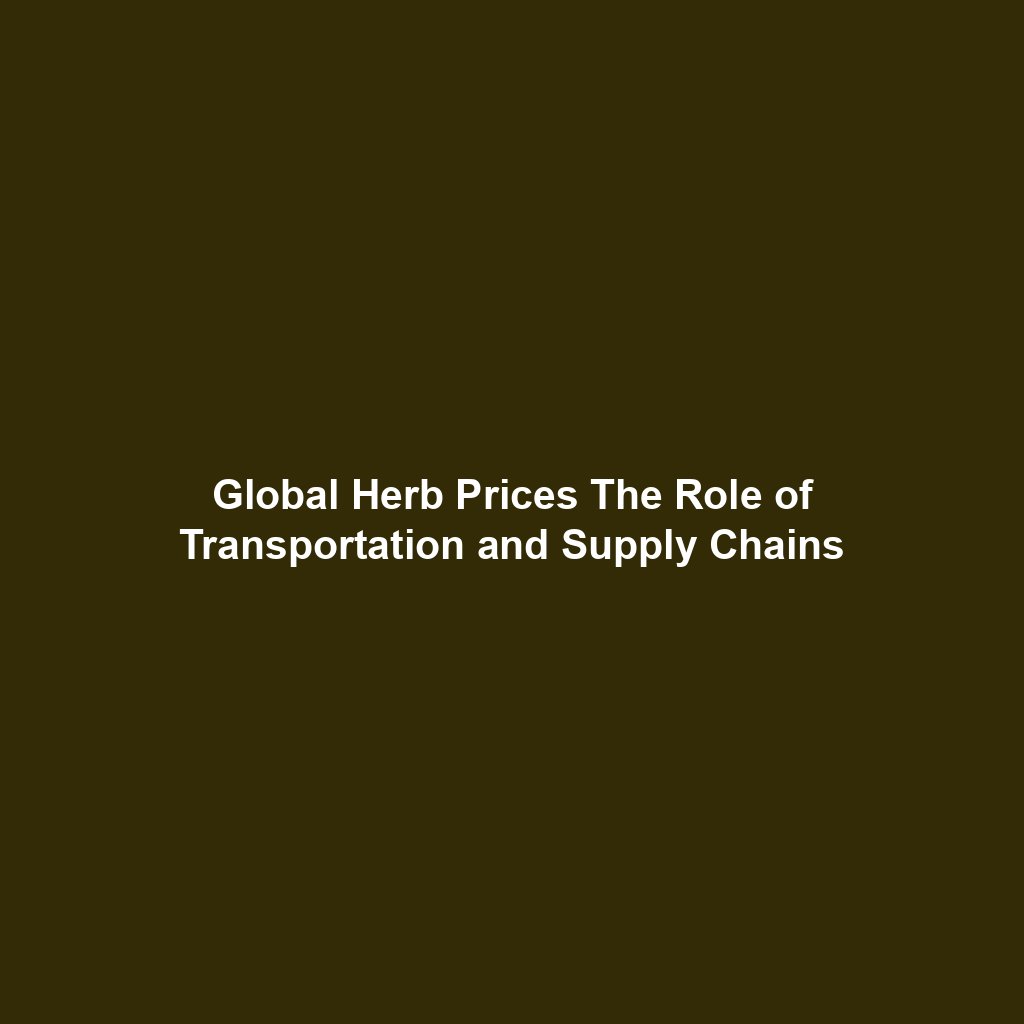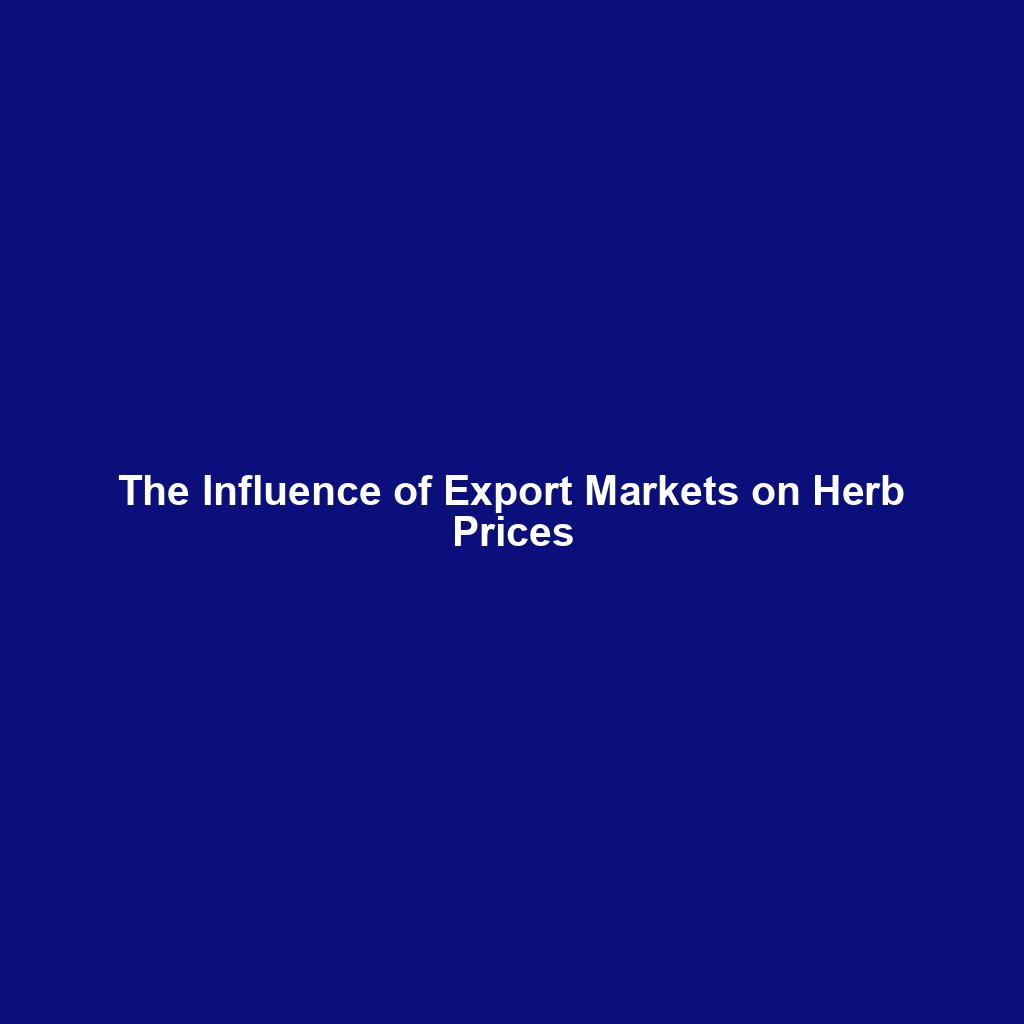
Agriculture and agricultural price analysis are critical components of the global economy, influencing everything from food security to international trade. As the world population continues to grow, the demand for agricultural products increases, making the study of agricultural prices more important than ever. This article delves into the complexities of agriculture and the factors that influence agricultural prices, providing a comprehensive overview of the subject.
The Importance of Agriculture in the Global Economy
Agriculture is the backbone of many economies around the world, providing food, raw materials, and employment to billions of people. It is a sector that not only feeds the global population but also supports industries such as textiles, pharmaceuticals, and biofuels. The significance of agriculture extends beyond its economic contributions; it plays a vital role in cultural and social aspects of life, particularly in rural communities.
Economic Contributions
Agriculture contributes significantly to the GDP of many countries, especially in developing regions where it can account for a substantial portion of economic activity. In these areas, agriculture is often the primary source of income and employment, making it a crucial driver of economic development. The sector’s influence is not limited to rural areas; it also impacts urban economies through the supply of food and raw materials.
Moreover, agriculture is a major player in international trade. Many countries rely on agricultural exports to generate foreign exchange and balance their trade deficits. Commodities such as coffee, cocoa, and cotton are vital exports for several nations, and fluctuations in their prices can have significant economic implications.
Social and Cultural Impact
Agriculture is deeply intertwined with the social and cultural fabric of societies. It shapes lifestyles, traditions, and community structures, particularly in rural areas where farming is a way of life. Agricultural practices and festivals are often rooted in cultural heritage, reflecting the historical significance of farming in human civilization.
Furthermore, agriculture plays a crucial role in ensuring food security and nutrition. It is the primary source of food for the global population, and its productivity directly affects the availability and affordability of food. Ensuring a stable and sustainable agricultural sector is essential for addressing hunger and malnutrition worldwide.
Factors Influencing Agricultural Prices
Agricultural prices are influenced by a myriad of factors, ranging from weather conditions to government policies. Understanding these factors is essential for effective agricultural price analysis, which can help stakeholders make informed decisions and mitigate risks.
Supply and Demand Dynamics
The fundamental principle of supply and demand is a major determinant of agricultural prices. When the supply of a particular crop exceeds demand, prices tend to fall, and vice versa. Factors such as weather conditions, pest infestations, and technological advancements can significantly impact supply levels.
On the demand side, population growth, dietary changes, and economic development can influence the consumption of agricultural products. For instance, rising incomes in developing countries often lead to increased demand for meat and dairy products, which in turn affects the prices of feed crops like corn and soybeans.
Weather and Climate Conditions
Weather and climate conditions are among the most unpredictable factors affecting agricultural prices. Droughts, floods, and other extreme weather events can devastate crops, leading to reduced supply and higher prices. Climate change is exacerbating these challenges, with shifting weather patterns and increased frequency of extreme events posing significant risks to agricultural production.
Farmers and policymakers must adapt to these changes by implementing resilient agricultural practices and investing in climate-smart technologies. Accurate weather forecasting and early warning systems can also help mitigate the impact of adverse weather conditions on agricultural prices.
Government Policies and Trade Regulations
Government policies and trade regulations play a crucial role in shaping agricultural prices. Subsidies, tariffs, and import/export restrictions can all influence the competitiveness and profitability of agricultural products. For example, subsidies for certain crops can lead to overproduction and lower prices, while tariffs on imports can protect domestic producers but raise prices for consumers.
Trade agreements and international negotiations also impact agricultural prices by opening or restricting access to markets. The World Trade Organization (WTO) and regional trade blocs like the European Union (EU) and the North American Free Trade Agreement (NAFTA) have significant influence over global agricultural trade policies.
Technological Advancements
Technological advancements have revolutionized agriculture, improving productivity and efficiency. Innovations such as precision farming, genetically modified organisms (GMOs), and advanced irrigation systems have increased crop yields and reduced production costs. These advancements can lead to lower agricultural prices by boosting supply and reducing the need for labor and inputs.
However, the adoption of new technologies can also create disparities between regions and producers. Access to technology is often limited in developing countries, where smallholder farmers may struggle to compete with larger, more technologically advanced operations. Bridging this gap is essential for ensuring equitable and sustainable agricultural development.
Challenges and Opportunities in Agricultural Price Analysis
Agricultural price analysis is a complex and dynamic field, requiring a deep understanding of various factors and their interactions. Analysts face numerous challenges, but there are also opportunities to improve the accuracy and reliability of price forecasts.
Data Availability and Quality
One of the primary challenges in agricultural price analysis is the availability and quality of data. Accurate and timely data is essential for making informed decisions, but it can be difficult to obtain, especially in developing regions. Data on crop yields, market prices, and trade flows may be incomplete or outdated, leading to inaccurate analyses.
Improving data collection and sharing mechanisms is crucial for enhancing agricultural price analysis. Governments, international organizations, and private sector stakeholders must collaborate to develop robust data systems that provide reliable and up-to-date information.
Market Volatility and Uncertainty
Agricultural markets are inherently volatile, with prices subject to sudden and unpredictable changes. This volatility can be driven by factors such as weather events, geopolitical tensions, and economic shocks. Analysts must account for these uncertainties when conducting price forecasts, using tools such as scenario analysis and risk assessment.
Despite the challenges, market volatility also presents opportunities for innovation and investment. The development of financial instruments such as futures contracts and options can help farmers and traders manage price risks, providing a buffer against market fluctuations.
Technological Innovations in Price Analysis
Technological innovations are transforming agricultural price analysis, offering new tools and methodologies for understanding market dynamics. Big data analytics, machine learning, and artificial intelligence are increasingly being used to analyze complex datasets and generate more accurate price forecasts.
These technologies can help identify patterns and trends that may not be apparent through traditional analysis methods, providing valuable insights for decision-makers. As technology continues to advance, the potential for improving agricultural price analysis will only grow, offering new opportunities for enhancing the resilience and sustainability of the agricultural sector.
Conclusion
Agriculture and agricultural price analysis are vital components of the global economy, influencing food security, trade, and economic development. Understanding the factors that affect agricultural prices is essential for making informed decisions and mitigating risks. While challenges such as data availability and market volatility persist, technological advancements offer new opportunities for improving the accuracy and reliability of price forecasts. By embracing innovation and collaboration, stakeholders can enhance the resilience and sustainability of the agricultural sector, ensuring its continued contribution to global prosperity.





